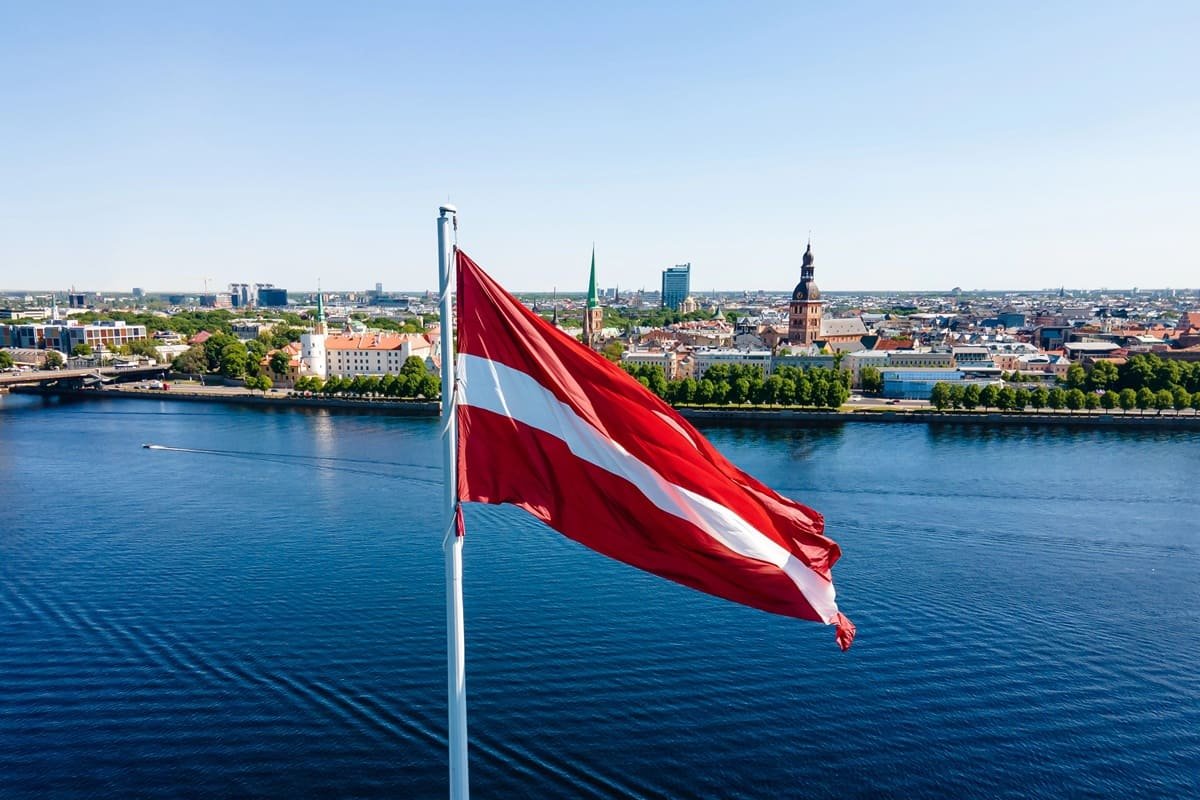Canada is considering changing the conditions for obtaining its Electronic Travel Authorization (eTA). A biometric step may soon be required for visa-exempt travelers.
Many countries, including the US with ESTA, the UK with ETA, and South Korea with K-ETA, already require visa-exempt international visitors to provide a copy of their passport and photo ID to obtain an electronic travel authorization.
Currently, nationals of countries exempt from visa requirements for Canada can obtain an eTA in a matter of minutes by completing a simple online form, paying CA$7, and without having to submit any personal documents.
However, this very simplified system could soon change with the addition of a biometric step…
eTA for Canada: “a new biometric requirement for visa-exempt foreign nationals”
In its “Forward Regulatory Plan 2025-2027”, Canadian immigration authorities indicate that they are considering amending the “Immigration and Refugee Protection Regulations” by introducing the use of biometric data to strengthen the integrity of residence and refugee protection programs.
IRCC (Immigration, Refugees and Citizenship Canada) explains that these changes would allow “to collect and use facial biometrics to more accurately verify client identities and reduce instances of identity fraud.”
“Most notably, they would introduce a new biometric requirement for visa-exempt foreign nationals applying for Electronic Travel Authorization (eTA) to visit Canada,” adds Canadian immigration.
Will a copy of your passport and a photo soon be required for an eTA to Canada?
IRCC states in its regulatory initiative that this change will “help close crucial integrity and identity management gaps in Canada’s eTA program and align Canada’s practice with those of like-minded countries who have already implemented similar biometric requirements in their comparable programs.”
This possible biometric requirement could therefore result in the obligation to upload a copy of the applicant’s passport and photo when applying for an eTA online.
This would allow Canada to better harmonize its system with those of its international partners, while maintaining the accessibility and speed that are the strengths of the eTA program. The United States has also just added a new photo ID requirement for online ESTA applications.
A measure still under discussion
Canadian immigration revealed that “he collection of new biometric information would create an additional step (and potential extra costs) for foreign nationals applying for a visa or authorization to enter Canada, most notably eTA applicants.”
This likely new formality could therefore lead to an increase in the cost of the eTA, similar to the upcoming increase in the price of the US ESTA to $40.
IRCC also notes that “stakeholders in Canada’s tourism industry may raise concerns about these changes potentially affecting a visitor’s decision to travel to Canada,” but points out that “many travel destinations – including the U.S., UK, Australia, New Zealand, and soon the European Union – have comparable requirements.”
“This initiative is in the early stages of development,” IRCC said. For now, no effective date has been announced. The measure is included in a prospective regulatory plan, which means it could still be modified.
However, its inclusion in the Forward Regulatory Plan for 2025-2027 clearly indicates a desire to take action in the medium term. If adopted, this change will likely require a public consultation phase, as required by Canadian regulatory procedure.
What are the consequences for travelers exempt from Canadian visas?
If approved, this reform should not significantly affect the user experience.
The eTA application would remain entirely online, but it could now include the insertion of a copy of the passport and the upload of a recent passport photo. This minimal biometric verification would be carried out directly on the application platform, without the need to visit a dedicated center.
The process would thus remain smooth and compatible with current standards for fast digital travel, while providing authorities with an additional layer of security to better verify the identity of applicants.






